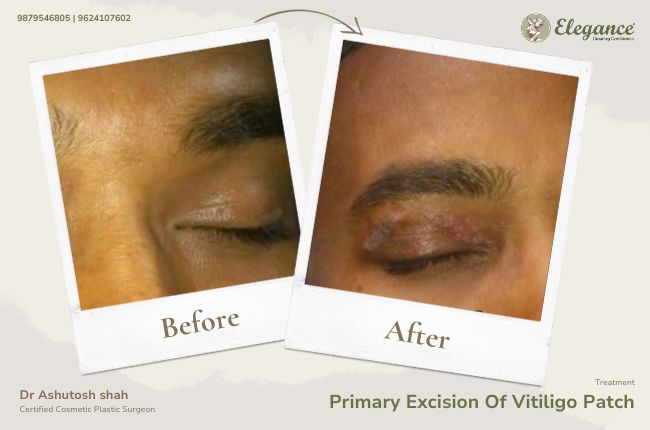Direct skin excision is a surgical procedure that involves cutting out and removing a specific area of abnormal or diseased skin. The goal of the procedure is to remove the affected skin and promote healing.
Direct skin excision is commonly used to treat various skin conditions such as skin cancer, benign skin tumors, warts, moles, cysts, and other abnormal growths. The procedure is typically performed under local anesthesia and can be done on an outpatient basis.
During the procedure, the surgeon will make an incision in the affected area and carefully remove the abnormal tissue, while leaving healthy surrounding tissue intact. The incision is then closed with sutures, staples or adhesive tapes.
Direct skin excision is considered a safe and effective treatment option for many skin conditions. However, as with any surgery, there are risks involved such as infection, bleeding, and scarring. Recovery time can vary depending on the size and location of the excision. It is important to discuss all risks and benefits with a qualified surgeon before undergoing the procedure.
If you have any questions regarding our services, please contact us or call at +91 9879546805.
Hear from our patients
EXCELLENTTrustindex verifies that the original source of the review is Google. Great support and great service.Trustindex verifies that the original source of the review is Google. I had a good experience at this hospital. The doctors were really helpful and explained everything clearly. The nursing staff was kind and caring, which made the treatment process much easier.Trustindex verifies that the original source of the review is Google. Amazing service..Very helpful staffTrustindex verifies that the original source of the review is Google. I am satisfied with my fractional CO2 laser on my faceTrustindex verifies that the original source of the review is Google. I recently visited Elegance Clinic for hair fall treatment with Dr. Ashutosh Shah, and I’m very happy with the results. The doctor explained the treatment process in detail and answered all my questions patiently. The clinic is well-maintained, hygienic, and the staff is very supportive. After following the prescribed treatment, I’ve already noticed a big improvement in my hair health and reduced hair fall. Highly recommend Dr. Ashutosh Shah and Elegance Clinic to anyone looking for a safe and effective solution for hair-related concerns.Trustindex verifies that the original source of the review is Google. I had consulted Dr. Ashutosh sir and Dr. Bhargav sir for my Hair transplant. They share all information regarding procedures well enough and gave me enough time to decide. My treatment was excellent and as said i am getting result very well. After treatment staff and Dr. Bhargav specially taking care for further good result. Thank you so much Elegance teamTrustindex verifies that the original source of the review is Google. MARU NAME MILAN PATEL CHHE HU DEGAM NO REHVASHI CHHU MARA FATHER NE Snake bite thayo hato tyar bad aame Dr. Ashutosh Shah ne contect karyo hato and Ashutosh Shah nu diabetes, food centre chaltu che tya aamne ghani badhi suvidha prapt thay che and aamne Aamara father nu aekj operation ma Recovery aavi gay che te badal aame Dr. Ashutosh sir and temni Team ne aabhar manye chhe Thanks dr Ashutosh shah All staff thanksTrustindex verifies that the original source of the review is Google. This was my first time trying the MNRF along with Hydrafacial , and I can confidently say that Elegance is the best place for advanced skin treatments. My face is glowing, my skin feels healthier than ever, and I’m so glad I trusted them with my skincare journey. If you're considering a facial, anti-aging treatment, or want to work on texture and glow – I highly recommend visiting Elegance by Dr. Ashutosh Shah. You’ll be in safe and expert hands!
Contact Us
Ready to discuss? Fill out our contact form for a confidential consultation.









